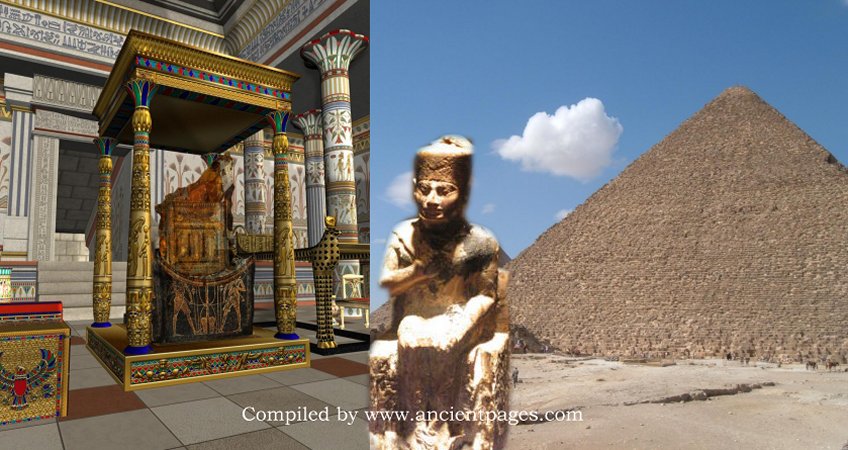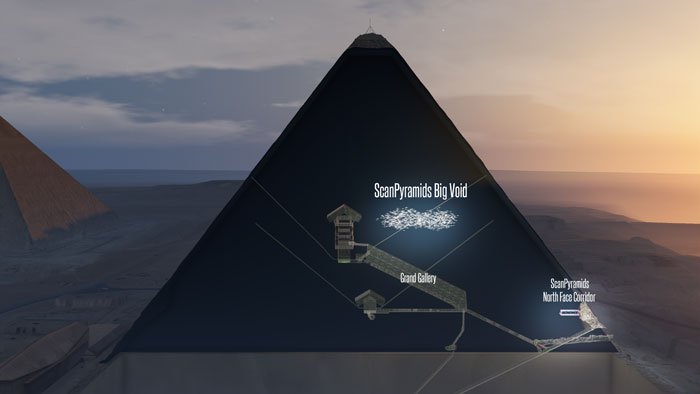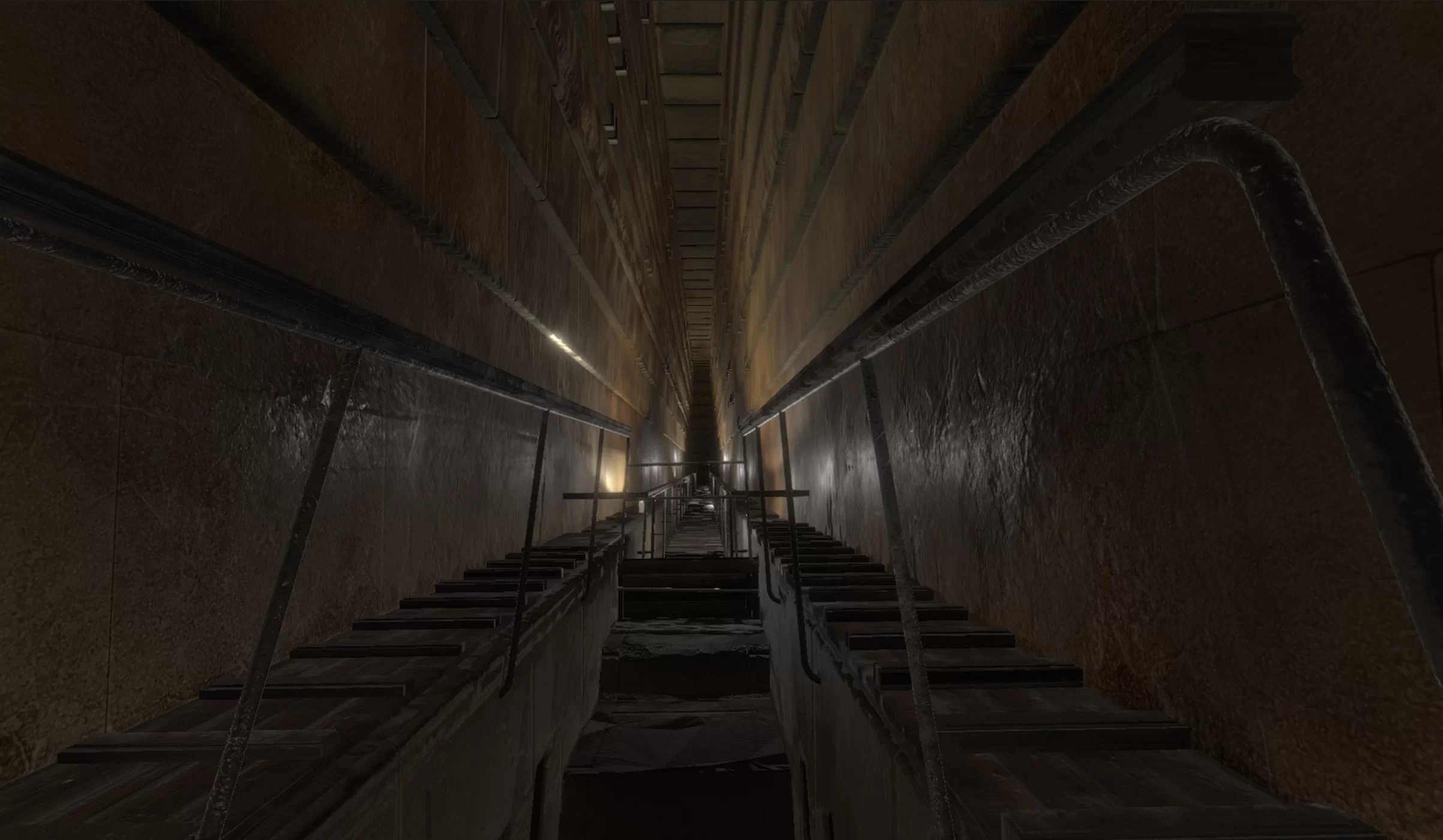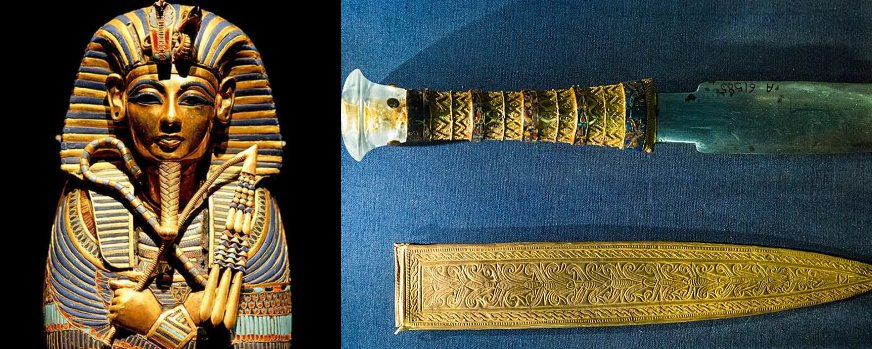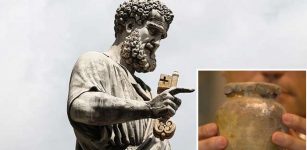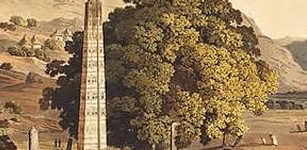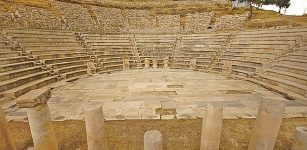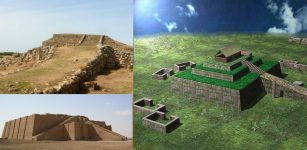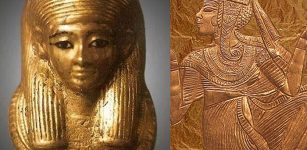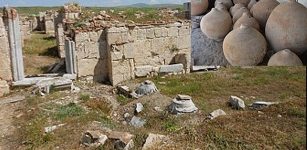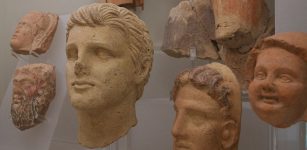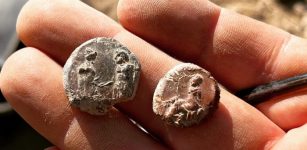Why Should There Be An Iron Throne Inside The Cheops’ Pyramid?
AncientPages.com - Constructed from 3,2 million stone blocks, each weighting an average of 2.5 tons, the Pyramid of Cheops reached a height of was 146.7 m (481.4 ft) when completed. It remained the tallest man-made structure in the world for over 3,800 years.
Not only is the Pyramid of Cheops one of the most remarkable ancient monuments of the world, it is also one of the greatest mysteries of past.
Who Built The Cheops' Pyramid And When?
It’s purpose and age remain a subject of debate. According to most Egyptologists the Pyramid of Cheops was built between 2,560 and 2,540 B.C.as a tomb for the Egyptian pharaoh Khufu.
However, alternative ancient historians consider the Pyramid of Cheops, or the Great Pyramid of Giza as it is usually called to be much older. In their opinion, the pyramid goes back to a much more ancient and advanced time than that of pharaoh Khufu. Many alterative researchers who studied the Great Pyramid have presented intriguing arguments stating that the structure was not built by pharaoh Khufu.
It’s almost embarrassing that this remarkable ancient structure has been part of our history for thousands of years and we still know so little about it. Perhaps we will learn more of its secrets in the near future.
Is There A Secret Chamber Inside The Pyramid Or Not?
Using cosmic rays created at the edge of space, a team of physicists and engineers from Scan Pyramids project, led by Mehdi Tayoubi (Hip Institute, Paris) and Kunihiro Morishima (University of Nagoya, Japan announced in November 2017 that they discovered a previously unknown “void” that is at least 30 meters long, within the Pyramid of Cheops. Although researchers declared they had no clue what’s hiding inside the void, the discovery caused a world-wide sensation. It didn’t take long before scientists started to argue about the mysterious “void” inside the Pyramid of Giza stating that nothing wad discovered at all.
Credit: ScanPyramids Project
Zahi Hawass, who heads the ScanPyramids science committee overseeing the project said the pyramid is full of voids and that does not mean there is a secret chamber or a new discovery. He received support from some other Egyptologists and scientists including Mustafa Waziri, head of the government's antiquities council who said that the “project has to proceed in a scientific way that follows the steps of scientific research and its discussion before publication.”
Kunihiro Morishima was of a different opinion and declared that “was not known by anyone until now, from when the pyramid was built 4,500 years ago".
"The big void is completely closed," he added, which means anything inside it would not have been "touched by anyone after the pyramid (was) built".
Iron Throne Inside The Secret Chamber Will Take The Pharaoh Pharaoh To The Stars Through “Gates Of The Sky"
One scientist who thinks something important may be hiding inside the Pyramid of Cheops is Giulio Magli, Director of the Department of Mathematics and Professor of Archaeoastronomy at the Politecnico di Milano.
Based on his studies of the ancient Pyramid texts, Magli suggests a throne made of meteoric iron will ne found in the space. His theory is based on his studies of the ancient Pyramid texts which refer to a “throne of iron” intended to convey the Pharaoh to the stars through “gates of the sky”.
See also:
Daily Life Of Priests And Priestesses In Ancient Egypt
Maat – Ancient Egypt’s Most Important Religious Concept
Ankh – Mysterious Ancient Egyptian Symbol With Many Meanings And Unknown History
Harem Conspiracy – Plot To Murder Ramesses III, The Last Great Warrior Pharaoh
Magli explains that the “internal rooms are accessible through narrow tunnels, one of which, before arriving at the funerary chamber, widens and rises suddenly forming the so-called Great Gallery. The newly discovered room is over this gallery, but does not have a practical function of "relieving weight " from it, because the roof of the gallery itself was already built with a corbelled technique for this very reason."
“Within the Pyramid there are four narrow shafts, the size of a handkerchief, directed to the stars. The pharaoh's afterlife was in fact, according to the Texts, in the sky, and in particular among the stars of the north, like the Big Dipper and Draco. Two of the four channels open onto the facades of the monument, while the other two run into small doors. One of the two doors, the south one, has been explored several times without results, while the north one is still sealed.
These doors are with all probabilities representative of the " gates of the sky " and the north one could well come into the newly discovered room. The room may contain, at its upper end and exactly under the apex of the great pyramid, an object needed by Cheops after crossing the doors: the "iron throne" mentioned in the Pyramid Texts.
We can get an idea of how this object could be, looking at the throne of Cheop's mother, Queen Hetepheres, which has been found in pieces and reconstructed by Harward University. It is a low chair of cedar wood covered with sheets of gold and faience.
Scientists with ScanPyramids found what seems to be a large void right above the granite-walled Grand Gallery (shown here) in the Great Pyramid. Credit: ScanPyramids mission
Cheops' could be similar, but coated with thin iron sheets. Of course it would not be melted iron, but meteoritic iron, that is, fallen from the sky in the form of Iron meteorites (distinguishable due to the high percentage of Nichel) and again cited in the Texts. It is certain that the Egyptians knew this material since many centuries before Cheops, and continued to use it for special items designed for the Pharaohs during millennia: just think of the famous Tutankamon dagger,” Magli wrote in his science paper.
Magli also point out that "Besides theorientation of the channels, another example is the very presence of the doors at the end of the Queen'schamber shafts. Indeed, they probably are a materialization of those “doors of the sky” which are frequently cited in the texts, and it is extremely likely that the Queen's chamber in itself is the place where a statue of Khufu was placed, in order to perform on it the ceremony of the Opening of the Mouth, described in the Pyramid texts, and essential for making the “spirit” of the Pharaoh able to survive death and to go in the sky crossing these doors."
Discovered some years ago, the dagger, buried alongside Tutankhamun was made from the metal of a meteorite. Researchers think cosmic dagger was placed next to 18-year-old King Tut's mummified body, presumably in the hope he could use it to protect himself in the afterlife.
Since iron from meteors would have been very rare, it’s logical that this cosmic material was highly prized.
Maglio think it is very probable that an iron throne was place inside the enigmatic pyramid to let Pharaoh Khufu make his journey to the stars of the afterlife.
Currently, due to lack of evidence, Magli’s theory cannot be confirmed or rejected. At present, it is difficult to say with certainty that the northern channel leads into the newly discovered room - the "big void" because the available images are approximate. Researchers must examine the ancient structure in detail using a non-invasive technique based on the measurement of muons: elementary particles that are generated in cosmic rays and are absorbed differently depending on the materials they go through.
Hopefully, we will learn more about the mysterious void soon, unless of course the Egyptian authorities decide no further examinations of the area are allowed.
AncientPages.com

